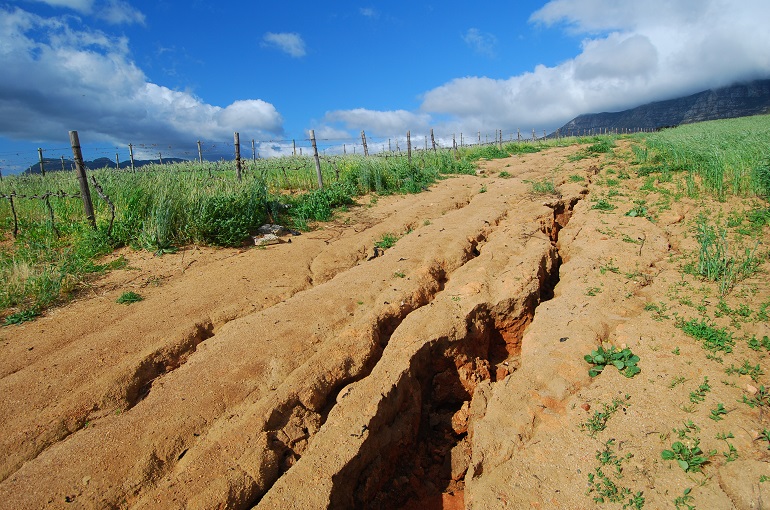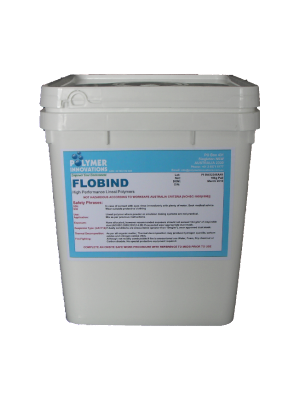
Soil erosion is a growing environmental concern worldwide, with Australia facing increasing land degradation due to extreme weather events, deforestation & intensive agricultural practices. The loss of topsoil reduces soil fertility, disrupts ecosystems & contributes to sedimentation in waterways.
One innovative solution to mitigate soil erosion is polyacrylamide (PAM) lineal polymer solution. This water-soluble polymer has gained global recognition for its ability to enhance soil stability & reduce sediment runoff. With increasing applications in agriculture, construction & land rehabilitation, PAM has emerged as a cost-effective & efficient tool for erosion control.
Understanding Soil Erosion & Its Impact
What is Soil Erosion?
Soil erosion occurs when wind, water or human activities remove the topsoil, leading to land degradation. While natural factors such as rainfall & topography contribute to erosion, human activities like deforestation, overgrazing & intensive farming significantly accelerate the process.
The Impact of Soil Erosion
Soil erosion has serious environmental and economic consequences:
- Loss of Fertile Soil: Erosion strips away nutrient-rich topsoil, reducing agricultural productivity.
- Water Pollution: Sediment runoff increases turbidity in rivers & lakes, harming aquatic life.
- Infrastructure Damage: Unchecked erosion can undermine roads, bridges & buildings, leading to costly repairs.
Soil Erosion in Australia
Australia’s dry climate & variable rainfall make its soils highly susceptible to erosion. Studies estimate that around 50 million tonnes of topsoil are lost annually due to erosion, impacting agricultural productivity & water quality (Australian Government Department of Agriculture, Water & the Environment, 2023).
According to Dr. John Leys, a leading soil scientist, “Soil erosion in Australia is a pressing issue, particularly in arid & semi-arid regions where vegetation cover is sparse. Effective management strategies, including soil stabilizers like polyacrylamide, are crucial in mitigating its impact.”
What is Polyacrylamide (PAM) Lineal Polymer Solution?
Polyacrylamide (PAM) is a synthetic, water-soluble polymer widely used in industries such as agriculture, construction & water treatment. It is known for its ability to flocculate & bind soil particles, reducing sediment runoff & stabilizing surfaces.
Types of PAM
PAM is available in different forms, each suited for specific applications:
- Linear (Lineal) Polyacrylamide: This water-soluble form is used primarily in erosion control & water treatment. It enhances soil aggregation & prevents sediment loss.
- Cross-Linked Polyacrylamide: A water-absorbing gel mainly used for moisture retention in agriculture.
How PAM Works
When applied to soil, PAM binds fine particles together, increasing their resistance to detachment by water and wind. This improves water infiltration, reduces runoff, and minimizes erosion.
Applications of PAM in Erosion Control
PAM is widely used in various erosion control scenarios, including:
- Agriculture: Preventing soil loss in farmlands by stabilizing furrows & improving irrigation efficiency.
- Construction Sites: Controlling dust & sediment movement in disturbed areas.
- Road Maintenance: Reducing sediment runoff from road construction & maintenance projects.
- Mining Rehabilitation: Enhancing soil stability in post-mining land reclamation.
The Science Behind PAM & Erosion Control
Scientific studies have demonstrated that PAM significantly reduces soil loss by binding fine soil particles together. When applied in small quantities, PAM enhances soil cohesion & prevents sediment from being carried away by water.
A study by Lentz et al. (1998) showed that PAM application in furrow irrigation reduced sediment loss by up to 94%. Another study conducted in Australia by McLaughlin et al. (2020) highlighted its role in reducing erosion on sloping agricultural lands.
Application of PAM for Erosion Control in Australia
Australia’s climate makes erosion control a national priority. PAM is increasingly used across various industries to mitigate soil degradation & improve water quality. Water$ave Flobind is one such PAM.
Benefits of Using Water$ave Flobind for Erosion Control
- Reduces Soil Erosion: Binds soil particles together, minimizing detachment.
- Enhances Water Infiltration: Improves soil structure, allowing water to penetrate deeper.
- Minimizes Sediment Runoff: Reduces water pollution & protects aquatic ecosystems.
- Cost-Effective Solution: More affordable than traditional erosion control measures.
Recommended Application Methods Water$ave Flobind
Water$ave Flobind is slowly added to water (generally in a water cart). The solution is then agitated mechanically for at least 15 minutes to activate the Flobind before it is ready to use. The usage rate is 200gm per 1000L (application rates may vary pending site) with 1000L of Flobind solution able to stabilise up to 350m2.
Future of PAM in Sustainable Land Management
As soil conservation becomes increasingly important, PAM is expected to play a greater role in sustainable land management. Research is ongoing to improve its environmental profile & efficiency.




Comments